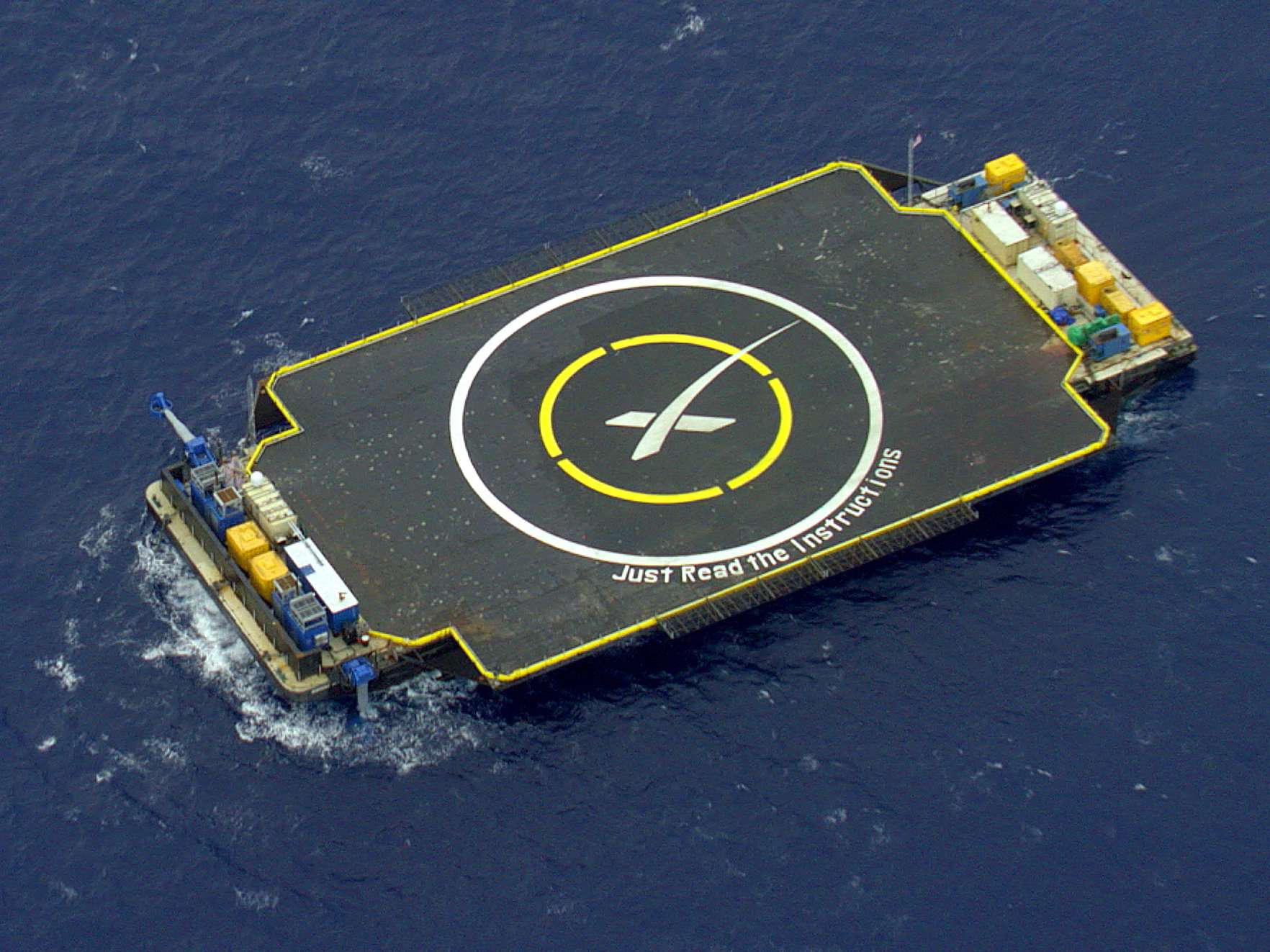Unless you have only just arrived on a spaceship you know that SpaceX is never far from the public gaze. Only recently, Elon Musk’s aerospace manufacturer and space transportation enterprise unveiled ambitious plans to get humans to Mars within six years, with the main aim to colonise the red planet within the next century. Days ago, NASA’s associate administrator of science publicly stated that they wouldn’t be racing SpaceX to Mars, instead saying if Musk was to turn up with samples from Mars he would throw him a party “out of my own money”.
So, what’s the deal here? For years NASA was the backbone of and, for many, the only real ‘space business’, especially in the west. Now, along with other companies, such as Amazon founder Jeff Bezos’ Blue Origin, SpaceX has come bursting through the door in a relative short time span and all but stolen the spotlight from its illustrious, albeit dusty, spiritual ancestor.
As ever, the answer to why SpaceX is kicking NASA’s ass, in the public perception and in practice, comes down to the raw fundamentals of innovation and strategy. All in all, there are three main points we must consider.

1. The role of vision in innovation
When Elon Musk founded SpaceX back in 2002 he was already an influential and wealthy man, being the CEO of Tesla Motors and one of the founding partners of the ground-breaking PayPal system. The confidence and assurance necessary to pursue innovation (perhaps over practicality) was, you could say, in his blood.
To him, the idea of visiting Mars had been something he had dreamt of as a boy. At the time, he had probably assumed, like everybody else, that NASA had everything under control and tickets to Mars would be commonplace by the time he could afford one himself. Now, faced with a self-made dotcom fortune and an unrealised – until now latent – aspiration, he did the only thing that made any sense and vowed to attempt the mission himself.
NASA, on the other hand, created by politicians and presidents over half a century ago, is no longer grounded in a singular vision. Instead, despite its noticeable successes (of which, the moon landings and the Skylab space station are perhaps the most famous), the colossal might of the administration seems to float intermittently between grand-yet-routine plans and apathetic inertia. Add that to their exceptionally large expenses, obligation to employ small contractors and dwindling government finances and you can see why they are now firmly in the backseat.
That’s not to say they don’t do great things – they do. But the light that leads the way for the new breed of space explorers seems to lend itself willingly to daring plans, risk and, above all, a radical change in the way things are done. NASA, with its layers of bureaucracy and seeming inability to capture the public imagination, makes it appear more like a pleasant museum than a future gamechanger.

2. Simplicity
It was Albert Einstein who said “the definition of genius is taking the complex and making it simple.” After a decade and a half of struggle to get SpaceX to where it now sits, Musk is understandably cagey about how they have achieved what they have. As a protective measure (a counter-intuitive one, some would say) they don’t even file patents for their rocket designs, many of which have disrupted the status quo due to their relatively low build costs. He does, however, point to one core concept that underlines their strategy in the marketplace: reliability. “Think of cars,” he said. “Is a Ferrari more reliable than a Toyota Corolla or a Honda Civic?”.
The secret of SpaceX then, as far as we can deduce, is a strategy of making the complex simple. This is nothing new. When Steve Jobs presided over Apple their entire product strategy was to combine simplicity with ground-breaking design. In the field of rocket science, however, it is equally if not more impressive. In this case, SpaceX have taken the uber-expensive, bafflingly complex intricacies of rocket manufacturing and made them easier to replicate, thereby reducing unit cost and speed to market.
It is also interesting to note that the bulk of their work takes place in their Hawthorne, California headquarters. This contrasts sharply with the somewhat bloated operations of NASA, which spreads its manufacture and distribution across ten separate premises. It has been this way since Eisenhower and now, finally, it looks outdated. Even in the digital age, where we can talk face-to-face with anybody in seconds, such a spread of resources must necessarily lead to a slow strangulation of innovative thinking. It is the privilege of privately-funded and entrepreneurial ventures, such as SpaceX, to have these valuable assets as part of their DNA.

3. Design and costs
Perhaps the biggest strength of SpaceX, when compared with NASA, is their ability to do things with little to no permission. This, essentially, pits the greatest advantage of Musk’s outfit against NASA’s biggest weakness, which is one of the five cornerstone rules of disrupting a traditional industry. Obviously, it is working.
We spoke briefly in a previous section about costing but to truly understand what we are talking about here you need to dig into the numbers. Take, for instance, the fact that a SpaceX Falcon 9 rocket is sold for around $57 million dollars yet the EELV received $1.14 billion for three rockets (about $380 million each). You need only consider these figures for a second to see the gulf – and prices are apparently going to rise. You’d be right ask why. Musk says it has everything to do with “cost plus” contracting – standard in traditional rocket making – which guarantees a profit for the manufacturer regardless of whether they exceed their original prices. Rockets are expensive, it seems, because the traditional system is set up for them to be.
Musk, on the other hand, with no government hand-holders or ‘way back’ partnerships to honour, says that overhead is determined largely by design. From the beginning, SpaceX have had commonality and reusability at the forefront of their product strategy. Let’s not forget that NASA has tried to conquer the ‘reusable rocket’ conundrum before, with the space shuttle. Because the program relied heavily on several large contractors working together, on a project that was meant to open the door to commercial spaceflight, it ended up costing almost 10,000 times more than its original quoted price. Of course, NASA is required to employ contractors as it helps with private sector growth, which explains its often-staggering overheads. SpaceX, being its own entity, has none of these problems.
It appears that the key to starting NASA’s innovation engine is lost somewhere in its past, in layers of partnerships and contractual obligations that, until now, until the rise of SpaceX, have never come under meaningful scrutiny.
Conclusion
The strategy, innovation and constant product iteration of SpaceX, to create low cost and reusable vehicles, has disrupted NASA immensely. They simply cannot stand up to the speed and agility with which this new breed operates. Much of this, of course, is to do with their founders. Both Musk and Bezos, of SpaceX and Blue Origin respectively, are established digital disruptors, practiced in destroying old worlds in search of the new. But what will be the cost of that?
René Jongen
Specialist in top line growth. Supports both corporates that are under a lot of commercial pressure and businesses that are looking for ways to accelerate their growth. Technical physicist. Builds on psychology and neuro-marketing insights.
Related posts
Step 1. Why every CEO should play the DisruptR game with their team
DisruptR Game for CEOs fosters strategic innovation. Learn…
June 22, 2025
Innovation governance: Why every CEO needs a Growth Board
Growth Board for CEOs is essential. Discover how this…
June 19, 2025
Why innovation belongs on the CEO agenda
Innovation on the CEO agenda is essential. Explore why…
June 16, 2025



